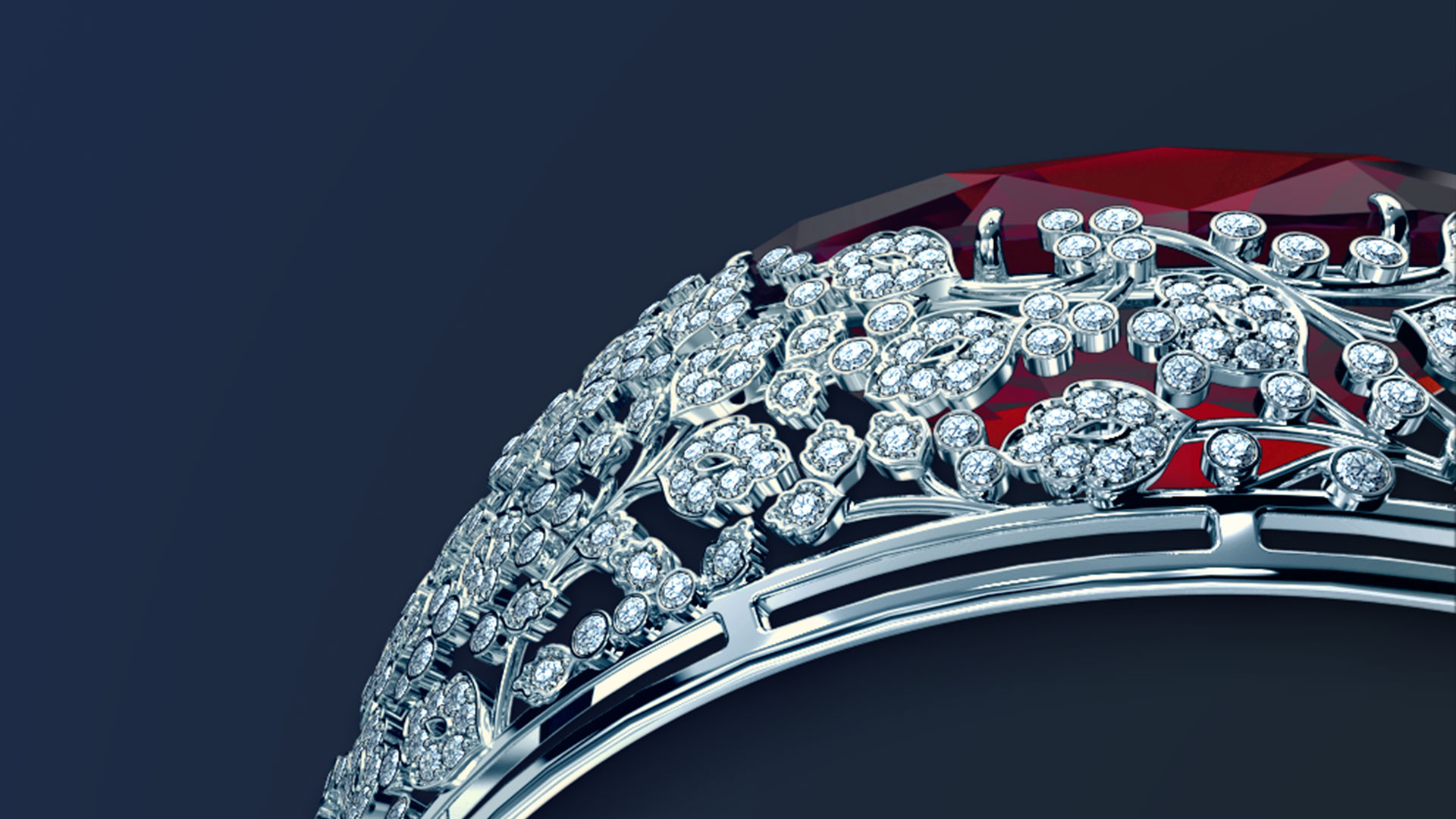In the digital age, jewelry designers and marketers face a crucial decision between using traditional photography and modern 3D rendering to showcase their creations. Each method offers distinct advantages and challenges that can impact consumer engagement and sales.
The Case for Photography
Photography has long been the gold standard for capturing the real-world charm of jewelry. Its ability to represent the authentic shine, texture, and color of materials is incomparable. However, the cost and logistical demands of setting up professional shoots, especially for high volumes, can be too expensive. Additionally, the inflexibility regarding changes once the shoot is completed adds a layer of complexity for dynamic inventory changes.

The Advantages of Renders
D rendering, on the other hand, offers flexibility and scalability that traditional photography struggles to match. Renders allow for unlimited revisions without extra costs, enabling designers to experiment with different aesthetics and environments without the need for physical reconfiguration. They also facilitate the visualization of products in various settings and styles, enhancing the digital shopping experience.
Pros and Cons
While photography offers authenticity, it comes with higher costs and logistical demands. Renders provide cost efficiency and versatility but might lack the nuanced reflections and textures that photography captures unless expertly done.
When to Use Which
Choosing between photography and renders often depends on the specific needs of the campaign. Photography is ideal when authenticity and texture are dominant—for instance, in high-end luxury pieces where the feel and weight of the jewelry are selling points. Renders are more suitable for standard catalog items, where volume and speed are necessary, or when the design is still in the conceptual phase and not yet produced.
Conclusion: A Balanced Approach
For many businesses, a combination of both photography and renders maximizes marketing effectiveness. Using renders for initial consumer testing and feedback, followed by selective professional photography for finalized designs, can balance cost-efficiency with the authenticity consumers expect.


